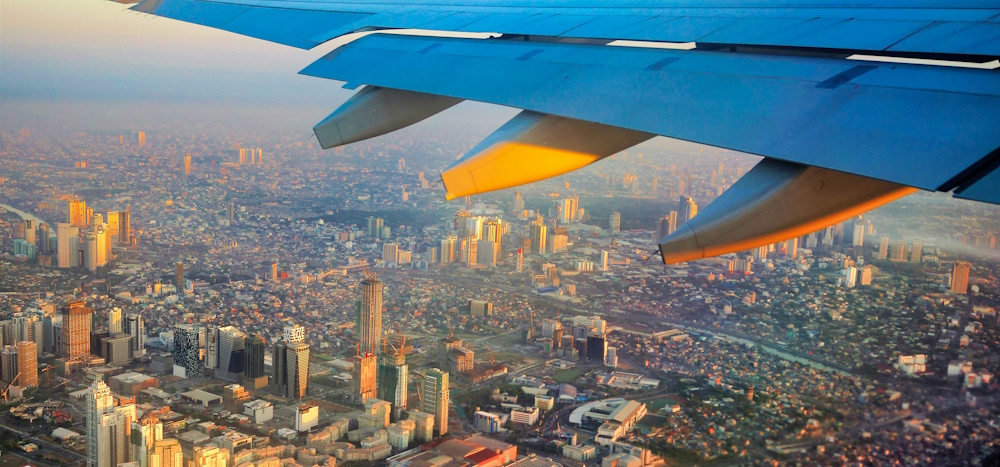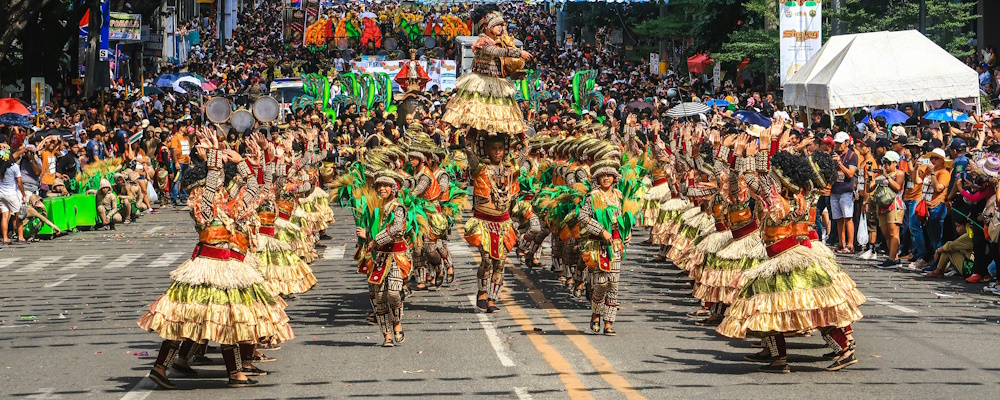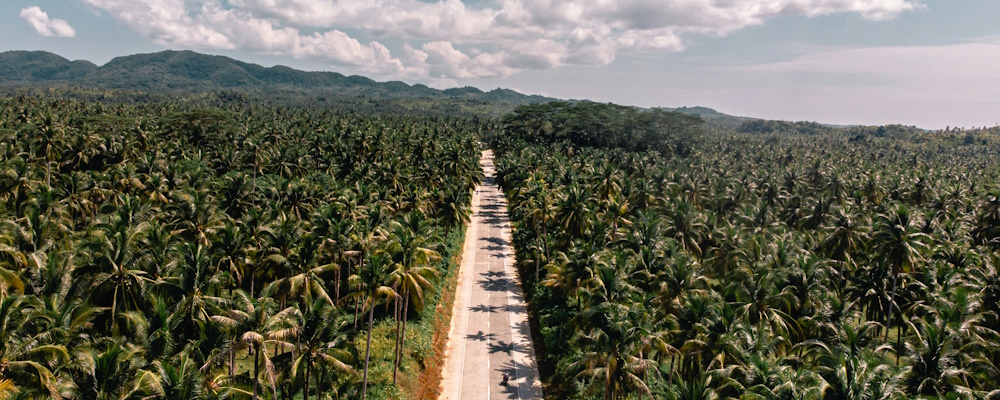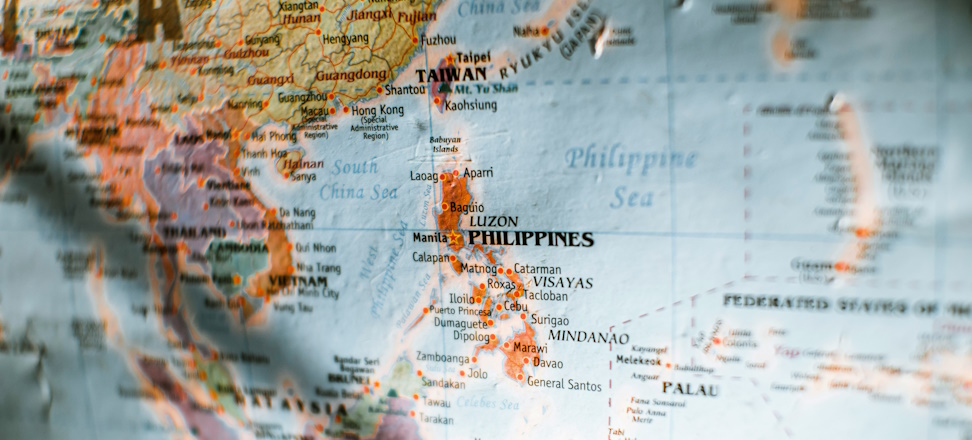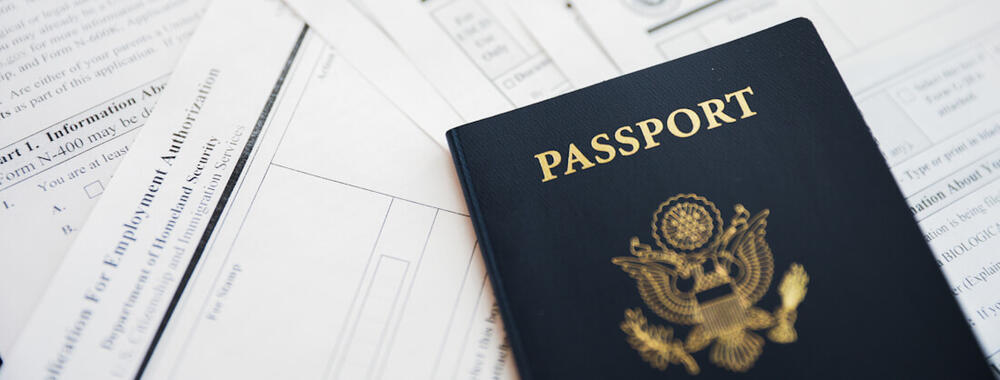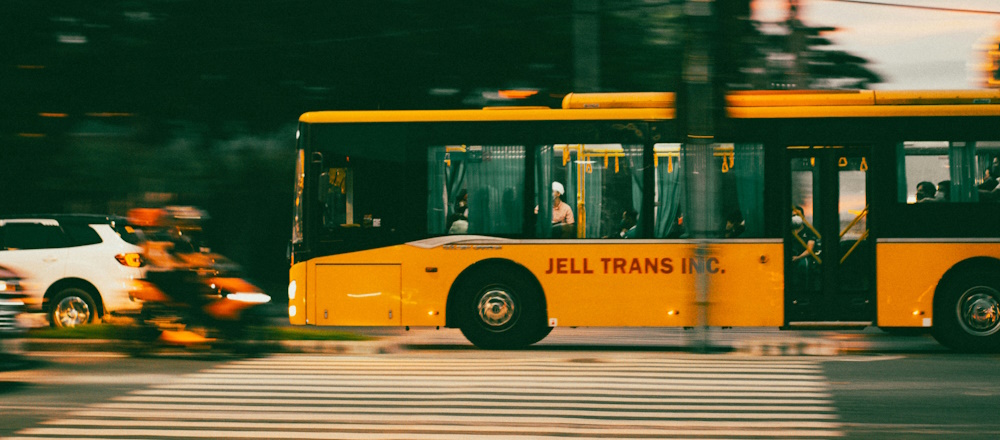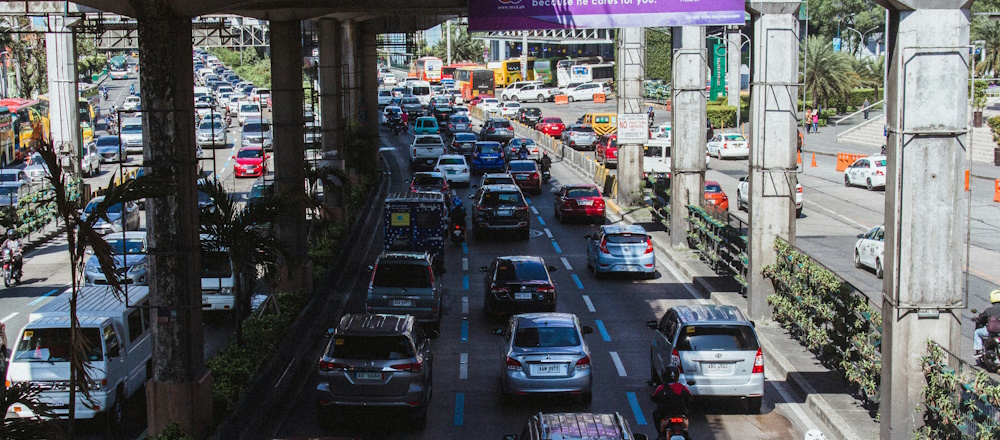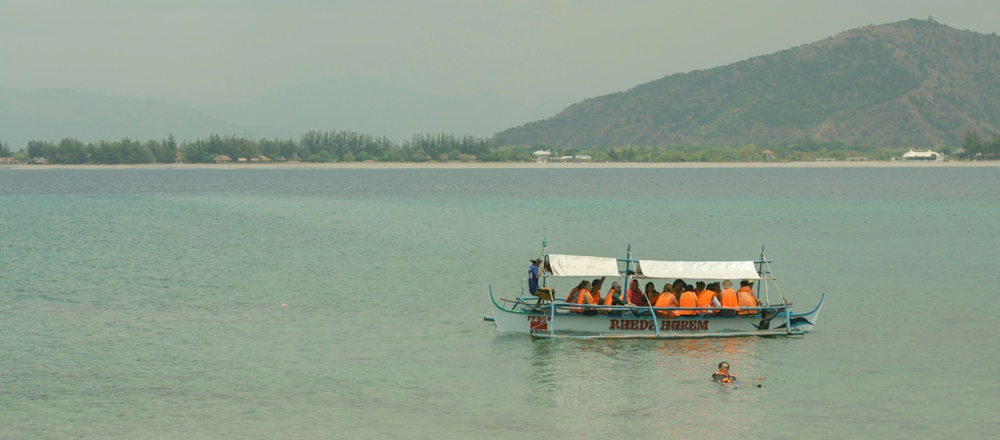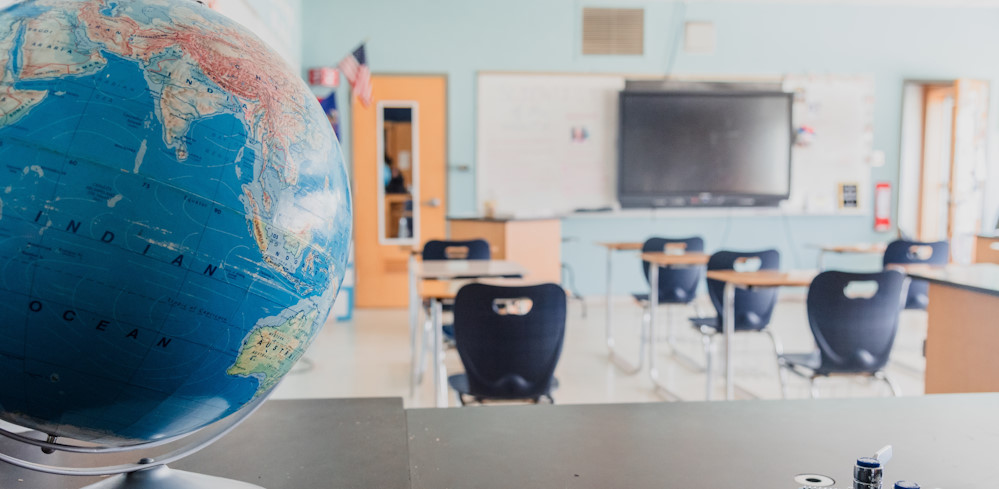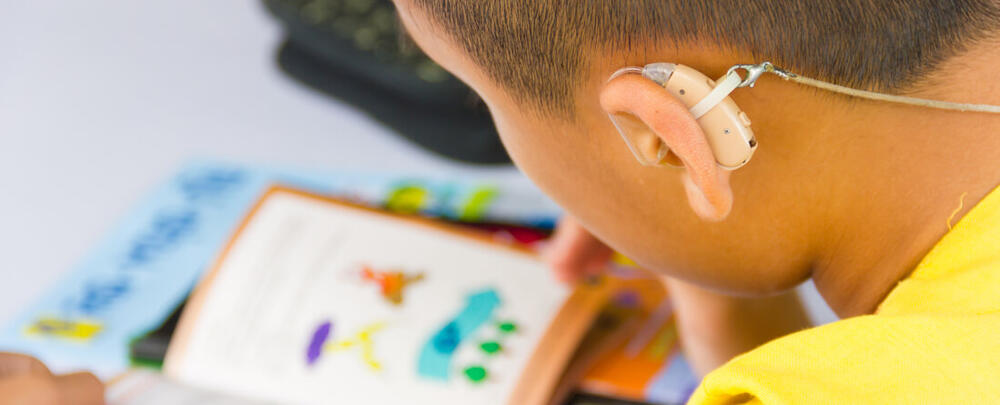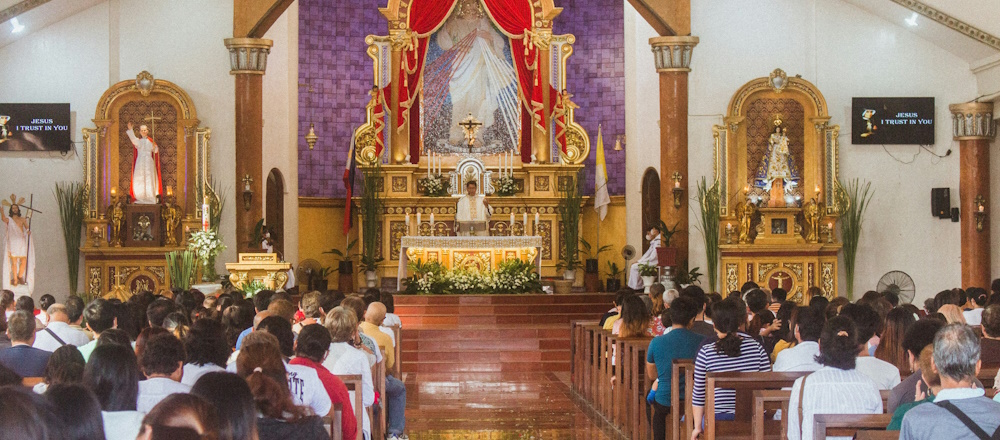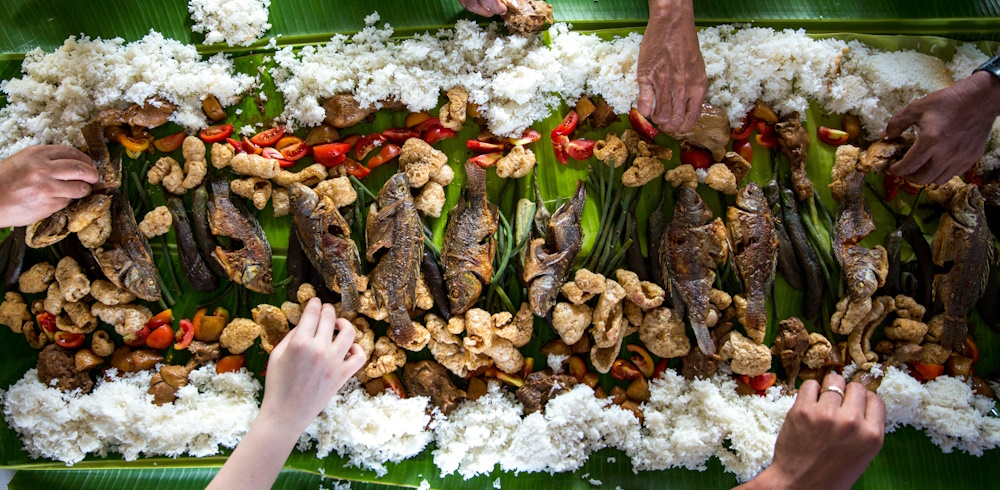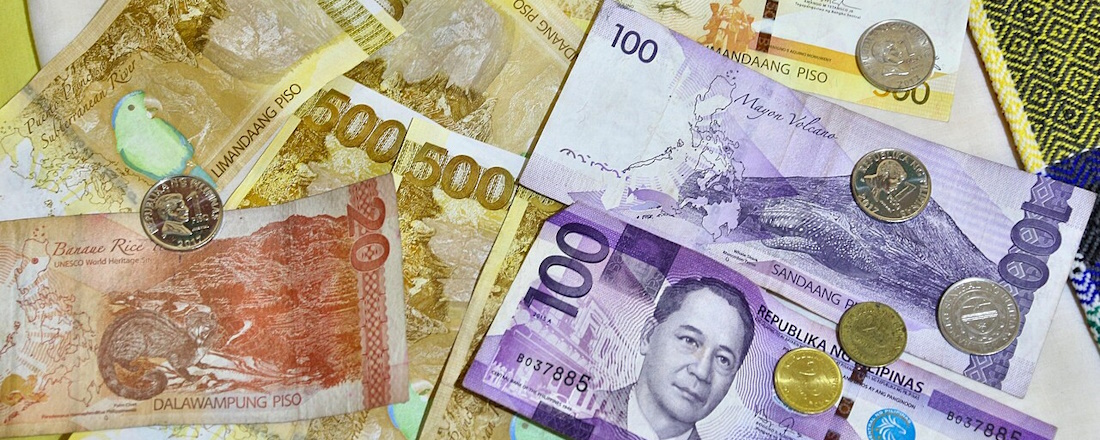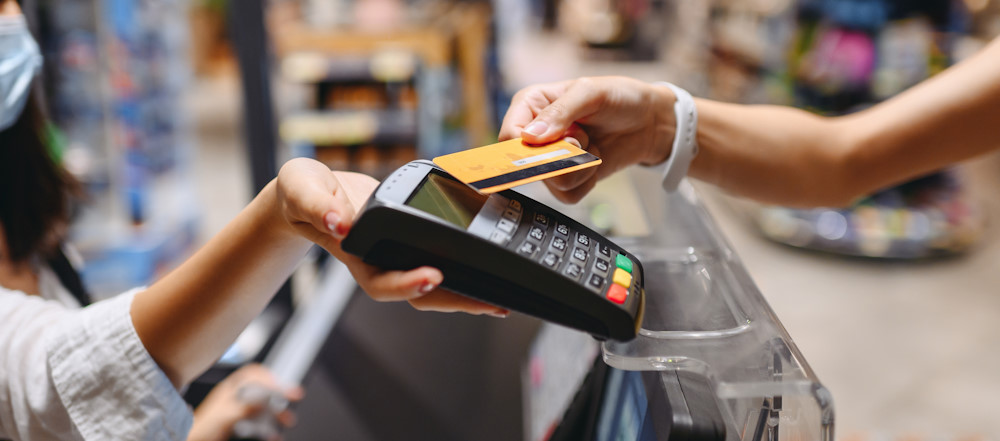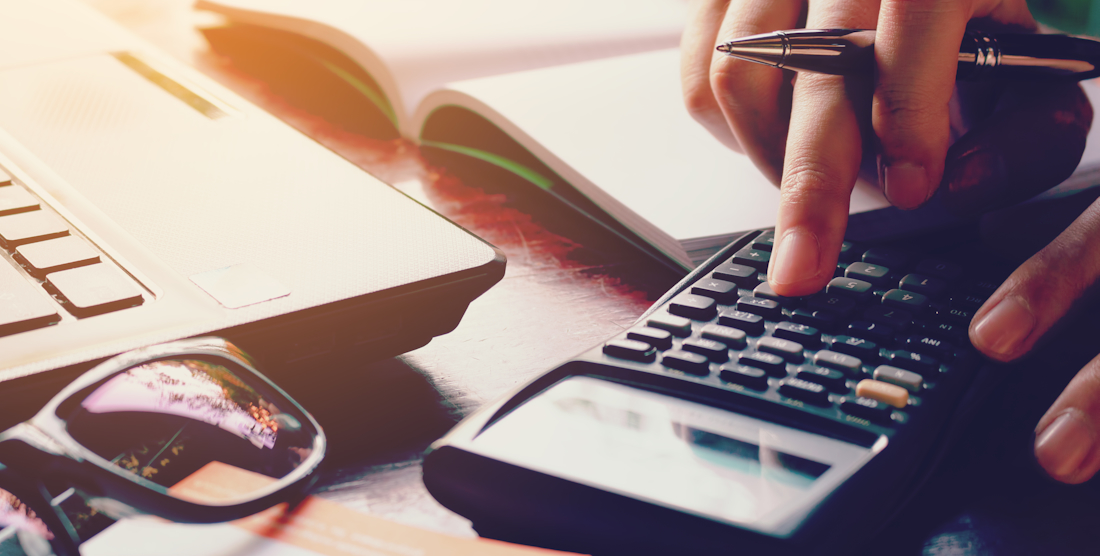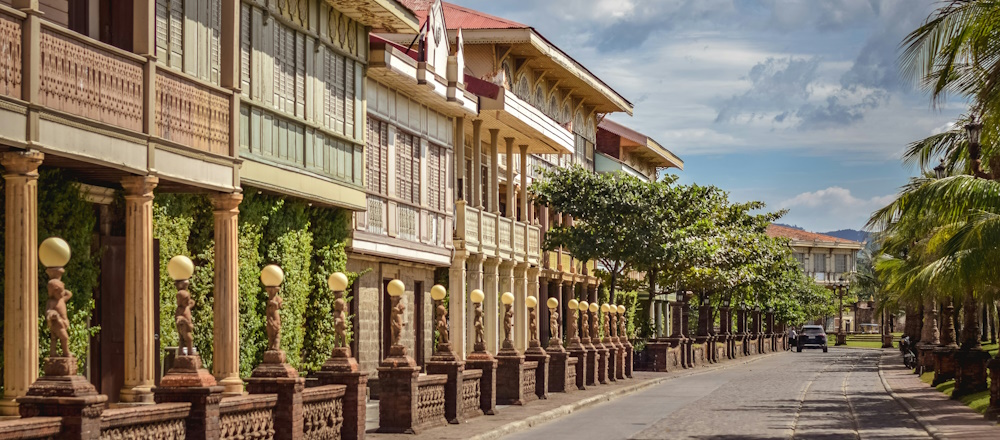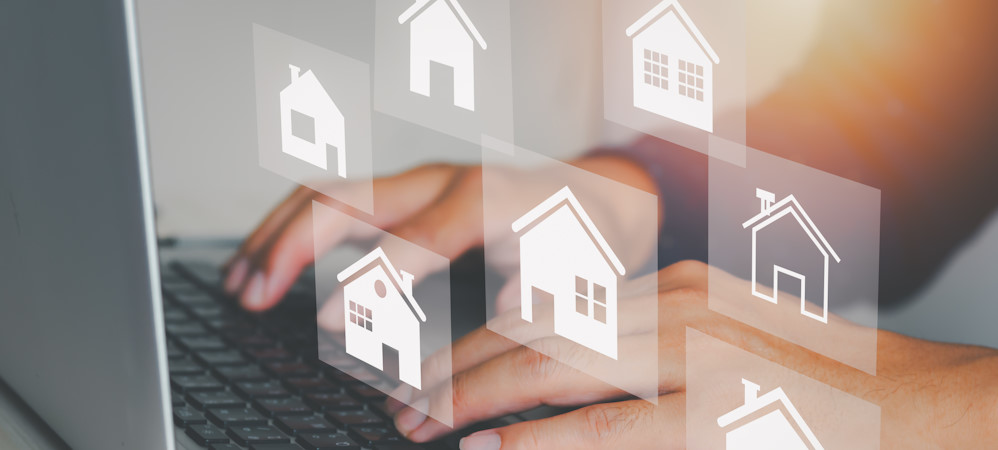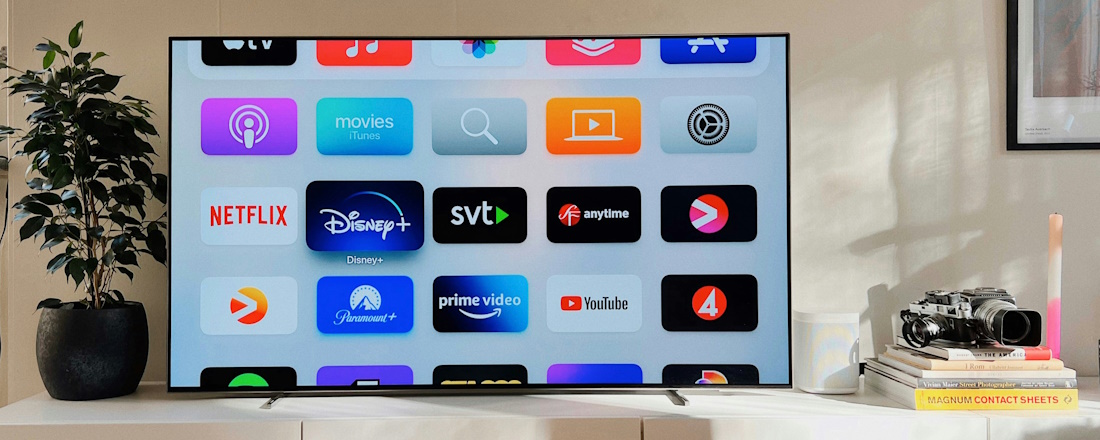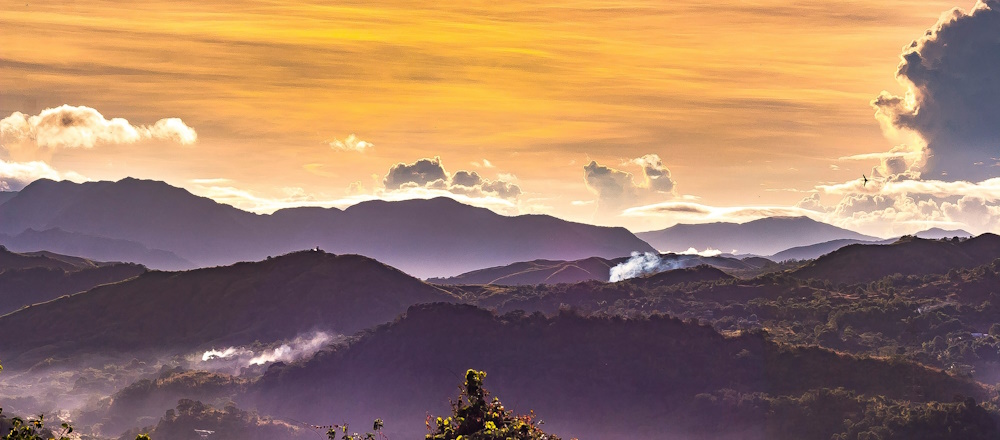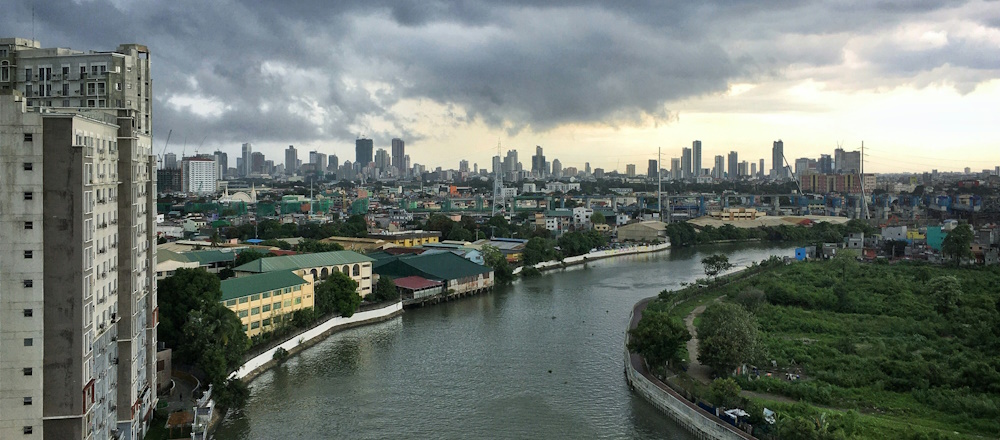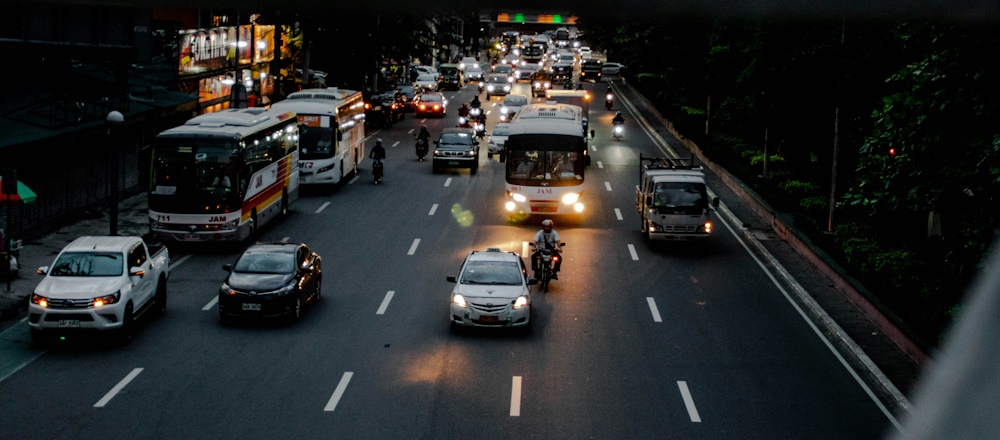If you’re looking for an immersive lifestyle and an attractive cost of living, you’ll find that diversity and inclusion in the Philippines create a unique cultural experience, enriched by an abundance of volcanoes, enchanting forests, and picturesque beaches. This archipelago of more than 7,000 islands is home to over 100 dialects and various ethnicities. With more people from around the world choosing to live here, society has become an even bigger melting pot of cultures.
Read on to learn about diversity and inclusion in the social landscape of the Philippines.
Accessibility in the Philippines
Accessibility in the Philippines is a work in progress. While the country has several laws protecting people with disabilities (PWDs), enforcement remains inconsistent. Progress is visible in major cities like Manila, but accessibility is often limited outside urban centres due to funding gaps and low public awareness.
The Philippines has laws that provide employment rights and accessibility provisions, and mandate ramps, tactile paving, and other mobility-friendly infrastructure. Additionally, companies are required to allocate at least 1 percent of their workforce to PWD employees. While these policies exist, many buildings – including public offices – fail to meet even the most basic accessibility standards.
The Department of Transportation (DOTr) has introduced some modernised public transport stops in Metro Manila with better accessibility features. Taguig City’s Mobility Programme provides free wheelchairs and crutches to PWDs and senior citizens. Despite these developments, many public spaces still lack essential features such as ramps, handrails, and accessible toilets. Even in Manila, tactile paving for the visually impaired is rare.
NGOs and grassroots organisations play a major role in filling accessibility gaps. Groups like The Philippine Coalition on the UN Convention on the Rights of Persons with Disabilities continue to push for stronger enforcement, while UNICEF supports inclusive education programmes.
Ride-hailing services like Grab offer a wheelchair assistance service, making private transport one of the more viable options for getting around.
Further reading
- Philippine Accessible Disability Services – Support for People Living with Disabilities
- National Council on Disability Affairs (NCDA) – Government Agency for Disability Rights
LGBTQ+ in the Philippines
LGBTQ+ rights in the Philippines remain a complex issue. While same-sex relationships are legal, there is no recognition for same-sex partnerships, and legal gender changes for transgender individuals are not permitted.
Despite this, the country has a thriving LGBTQ+ community, and public attitudes – particularly in urban areas – are becoming more inclusive. In more conservative rural areas, attitudes remain influenced by religious and cultural beliefs, making grassroots activism particularly important.
Nationally, legislative progress has been slow. The SOGIE Equality Bill, which seeks to prohibit discrimination based on sexual orientation, gender identity, and expression, has been repeatedly stalled in Congress. Religious groups wield significant influence over lawmakers, and many politicians hesitate to support LGBTQ+ legislation due to concerns about voter backlash. Without a national law, protections remain inconsistent.
Some local governments have stepped in to bridge the gap. Cities such as Quezon City, Manila, Cebu, and Davao have passed anti-discrimination ordinances that provide legal protections in employment, education, and public services.
Despite legal and political roadblocks, LGBTQ+ visibility is increasing. The annual Metro Manila Pride March is the largest in Southeast Asia, and advocacy groups such as LAGABLAB Network and Babaylanes, Inc. continue to push for legal reforms. Community-led initiatives, including LoveYourself PH, are also making strides in mental health support and HIV awareness.
Further reading
- Outrage Magazine – LGBTQ+ Publication
- LAGABLAB Network – Advocacy for LGBTQ+ Rights
- Metro Manila Pride – Southeast Asia’s Largest Pride March
- LoveYourself PH – LGBTQ+ Support, Mental Health & HIV Awareness
Gender equality in the Philippines
Gender equality in the Philippines has long been a strong point, consistently ranking among Asia's most gender-equal nations. The World Economic Forum’s Global Gender Gap Index has placed the Philippines among the top performers in the region, largely due to progressive policies on women’s rights and strong representation in education and business.
Government policies have played a key role in advancing gender equality. The Responsible Parenthood and Reproductive Health Act of 2012 improved access to reproductive healthcare, while the Expanded Maternity Leave Act (2019) granted 105 days of paid maternity leave, helping working mothers balance careers and family life. More recently, the Safe Spaces Act (2019) strengthened protections against gender-based harassment, and the Anti-Child Marriage Law (2022) criminalised child marriage.
Despite these advancements, economic participation remains a hurdle. The Philippines has the lowest female workforce participation rate in Southeast Asia, at just 46 percent. Cultural expectations place a disproportionate burden of childcare and eldercare on women, with many juggling full-time jobs while acting as primary caregivers. Women perform nearly 76 percent of unpaid care work, making it difficult to maintain full-time employment.
Some industries are leading the way in gender inclusion. Women now hold nearly 50 percent of managerial roles in the Business Process Outsourcing sector, and government-backed scholarships are driving greater participation in STEM. The finance and banking sectors have also seen a rise in female leadership, while the growing digital economy is giving women more flexibility through remote work and online entrepreneurship.
Corporate efforts are also shifting. Many leading firms are adopting salary transparency policies to close wage gaps, while others are providing return-to-work programmes, childcare subsidies, and flexible work arrangements to help working mothers stay in the labour force.
Further reading
- Women in Business 2024
- World Economic Forum – Global Gender Gap Report 2024
- Department of Labor and Employment (DOLE) – Gender and Development
Women in leadership in the Philippines
Women in leadership in the Philippines have made significant strides, particularly in the corporate world. According to the latest Grant Thornton Women in Business Survey, women hold 41 percent of senior management positions in the country – one of the highest percentages globally and nearly double the world average. Despite a slight decline from previous years, the Philippines continues to outperform most countries in gender diversity at the executive level.
Women’s representation varies by industry. The finance sector sees a strong presence of women in management, although fewer advance to CEO roles. In healthcare, women dominate frontline medical roles but are underrepresented in top hospital administration.
Female representation in politics lags behind. Women account for just 23 percent of elected officials, and only 7 out of 24 senators are female. While the country has had two female presidents, leadership roles in government remain largely male-dominated. Several factors contribute to this imbalance, including political dynasties, a lack of funding for female candidates, and a persistent gender bias.
Organisations such as the Philippine Commission on Women (PCW), UN Women, and the Asia Foundation are actively working to increase female participation in politics through mentorship and leadership training.
Further reading
Mental health awareness in the Philippines
Mental health awareness in the Philippines has grown in recent years, particularly with the passage of the Mental Health Act of 2019. The law was designed to integrate mental health services into the national healthcare system, yet implementation has been uneven. Urban areas like Metro Manila have seen better progress, while many rural communities still struggle with access to psychological care.
Adjusting to a new environment can be mentally taxing for those relocating to the Philippines. Culture shock, social isolation, and family separation are common stressors.
The country faces a critical shortage of mental health professionals. There are only 0.46 psychiatrists per 100,000 people, far below the WHO’s recommended levels. Many Filipinos, especially in provincial areas, rely on barangay health workers who have received basic mental health training.
Many international companies operating in the Philippines are now prioritising employee mental health. Some firms offer workplace counselling, flexible work arrangements, and improved insurance coverage for psychological care. Digital platforms such as MindNation and Pinoy Therapy have made online therapy more accessible, especially for those unable to find in-person services.
If you have private health insurance, you’ll have access to top private hospitals, many of which now offer telemedicine mental health services. Your insurance provider should be able to connect you with trusted professionals.
Further reading
- In Touch Community Services – English-speaking Mental Health Services
- #MentalHealthPH – Mental Health Awareness Organisations
- National Center for Mental Health
- Pinoy Therapy – Online Counseling with Filipino Therapists
Unconscious bias training in the Philippines
Unconscious bias training in the Philippines is gaining traction as companies, government agencies, and educators recognise its role in fostering fairer workplaces and institutions. While biases are not intentional, they can deeply influence hiring decisions, leadership opportunities, and workplace culture.
Large international corporations have integrated unconscious bias training into their Diversity, Equity, and Inclusion (DEI) programmes. Many finance and tech firms now require employees to complete bias-awareness workshops as part of leadership development. Companies that prioritise these efforts often see improved diversity in management roles and greater awareness of biases in hiring and promotions.
Government agencies are also taking steps in this direction. The Civil Service Commission (CSC) encourages public institutions to incorporate bias-awareness training for civil servants. Meanwhile, the Department of Education (DepEd) has introduced unconscious bias training for teachers to promote gender-sensitive education. The Department of Labour and Employment (DOLE) also recommends diversity training for companies seeking DEI certifications.
Cultural factors in the Philippines contribute to implicit biases. Traditional values such as hiya (shame culture) often reinforce gender roles and societal expectations. Additionally, lingering colonial mentality can create unconscious biases in hiring and leadership styles, favouring Western ideals or candidates over local talent.
While unconscious bias training alone is not a silver bullet, it plays a vital role in shifting workplace cultures and fostering inclusive leadership. If you’re looking to explore this further, several online resources provide self-assessment tools and structured training programmes.
Useful resources
- Project Implicit – Unconscious Bias Self-Assessment
- Nonprofit Ready – Free Unconscious Bias Training
Diversification of the workforce in the Philippines
Diversification of the workforce in the Philippines is evolving, driven by a mix of local cultural diversity and increasing global business influences. That said, less than 0.01 percent of the workforce are international arrivals, mostly concentrated in high-skilled or specialised industries. The country remains a major labour-exporting country, with millions of Filipinos working abroad.
While the country is sometimes perceived as a cultural monolith, it is home to more than 180 ethnic groups and over 170 languages and dialects. The economic hubs of Manila, Cebu, and Davao attract a mix of expats, entrepreneurs, and professionals, making these cities melting pots of cultures.
English and Tagalog serve as the main business languages, but regional differences remain strong. In the southern region of Mindanao, for example, Muslim communities contribute to a distinct cultural scene, while Visayan-speaking populations in the central Philippines bring unique business customs and traditions.
If you’re an expat working in the Philippines, cultural adaptation is key to professional success. The workplace often values hierarchical structures, where seniority is respected, and professional relationships are built on trust and personal connections. Filipino communication styles also tend to be indirect and non-confrontational, so understanding workplace etiquette can go a long way in navigating professional settings.
Further reading
Safety in the Philippines
Safety in the Philippines varies significantly by region. While many areas, including popular tourist and business hubs, are relatively safe, others require more caution. Cities such as Davao and Baguio rank among the safest in Southeast Asia, while urban centres like Metro Manila and Cebu see higher rates of petty crime.
The Philippine government has strengthened security in key locations. Tourist-heavy areas like Makati, Boracay, and Cebu benefit from increased police visibility and dedicated Foreign Assistance Desks in major police stations. Local communities also play a role in maintaining security through Barangay Watch Programmes, which involve neighbourhood patrols to deter crime.
While violent crime rates have dropped in recent years, petty crimes such as pickpocketing, bag-snatching, and scams remain concerns, particularly in crowded areas. As a foreigner, you should exercise caution in busy places, keep valuables secure, and be aware of common scams.
It’s wise to check local advice for those travelling beyond major cities. While places like Batanes and Iloilo are known for their safety, some areas in Mindanao experience sporadic insurgency-related incidents. If you plan to visit remote islands, always consult local authorities for up-to-date travel guidance.
Read more: Safety in the Philippines
Calendar initiatives in the Philippines
4 February – World Cancer Day
28 February – Rare Disease Day
March – TB Awareness Month
8 March – International Women’s Day
17 May – International Day Against Homophobia
19 May – Global Accessibility Awareness Day
10 September – World Suicide Prevention Day
October – Breast Cancer Awareness Month
10 October – World Mental Health Day
14 November – World Diabetes Day
1 December – World AIDS Day
